Combined Pressure and Temperature Sensors in Aerospace Applications
Combined pressure and temperature sensors have many applications in various industries, including aerospace. In aerospace applications, where precise pressure and temperature measurements are crucial for safe operation, combined pressure and temperature sensors are widely used. In this article, we will discuss the importance of combined pressure and temperature sensors in aerospace applications, their working principle, and some of the common aerospace applications of these sensors.
Importance in Aerospace Applications:
In aerospace applications, combined pressure and temperature sensors are used to monitor and control critical parameters, such as the temperature and pressure of the engine, fuel, and hydraulic systems. These sensors help ensure the safe and reliable operation of aircraft, spacecraft, and satellites.
Pressure and Temperature Sensors Working Principle:
Combined pressure and temperature sensors work on the principle of piezoresistivity, which is the ability of certain materials to change their resistance when subjected to pressure or temperature changes. The piezoresistive material used in these sensors is typically a thin film of silicon or other semiconductor material. The pressure-sensitive material is formed into a strain gauge, which is attached to a diaphragm that deflects when pressure is applied. The temperature-sensitive material is located adjacent to the strain gauge and experiences the same temperature as the gauge. When the temperature changes, the resistance of the temperature-sensitive material changes proportionally, and the change in resistance is measured by the sensor and converted into an electrical signal.
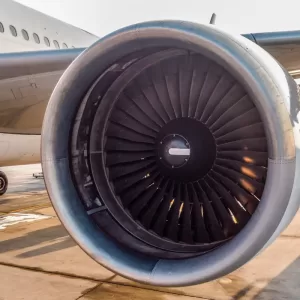
Aircraft Engines
Pressure and Temperature Sensors Aerospace Applications:
Engine Pressure and Temperature Monitoring:
Combined pressure and temperature sensors are used to monitor the pressure and temperature of aircraft and rocket engines. This data is used to optimize engine performance, prevent engine damage, and ensure the safe operation of the aircraft.
Hydraulic System Monitoring:
Combined pressure and temperature sensors are used to monitor the pressure and temperature of hydraulic fluids in aircraft and spacecraft. This data is used to ensure the proper functioning of hydraulic systems and to prevent damage to hydraulic components.
Fuel System Monitoring:
Combined pressure and temperature sensors are used to monitor the pressure and temperature of fuel in aircraft and spacecraft. This data is used to ensure the proper functioning of fuel systems and to prevent fuel leaks or other malfunctions.
Altitude and Airspeed Measurement:
Combined pressure and temperature sensors are used to measure altitude and airspeed in aircraft and spacecraft. These sensors use the changes in pressure and temperature to calculate altitude and airspeed and are critical for navigation and flight control.
PTSW Series Combined Pressure and Temperature Sensor
Conclusion:
Combined pressure and temperature sensors are vital components in aerospace applications, where precise pressure and temperature measurements are crucial for safe and reliable operation. These sensors use piezoresistive materials to measure pressure and temperature and are used in a variety of aerospace applications, including engine, hydraulic, and fuel system monitoring, as well as altitude and airspeed measurement. If you’re involved in aerospace engineering or maintenance, you know how important it is to have reliable and accurate sensors for pressure and temperature measurement, and combined pressure and temperature sensors are the perfect solution for this.
Aerospace technology is an exciting and constantly evolving field, and there’s always something new to learn. If you’re interested in delving deeper into the world of aerospace, you can check out the TAELCO Blog section and discover new insights and knowledge!
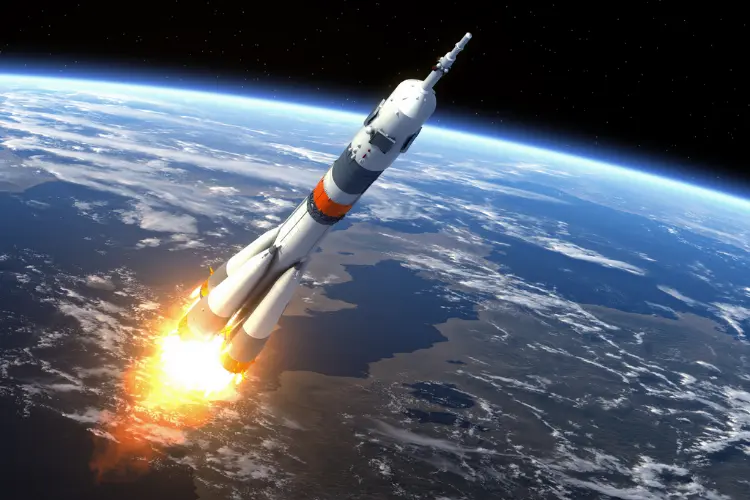
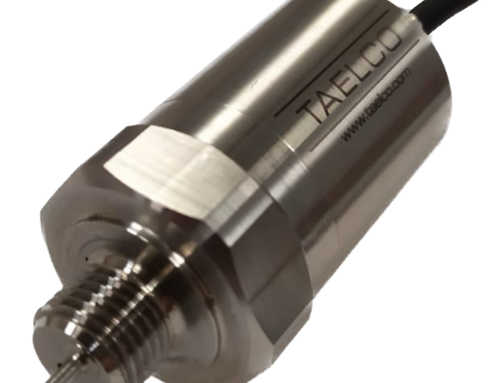
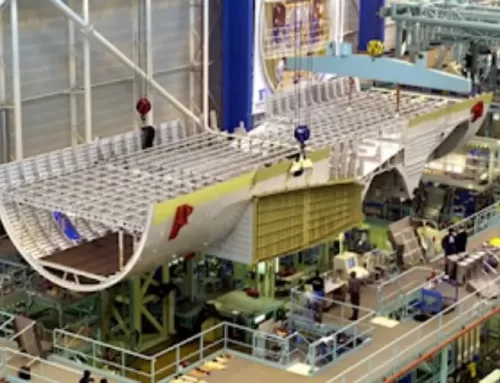
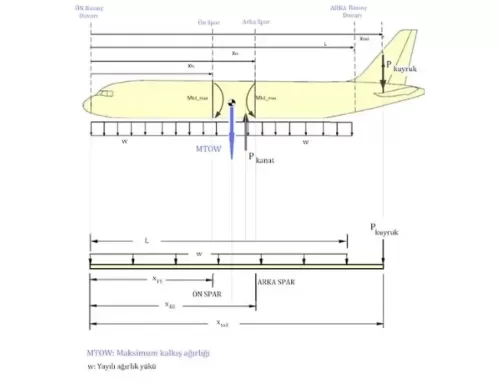
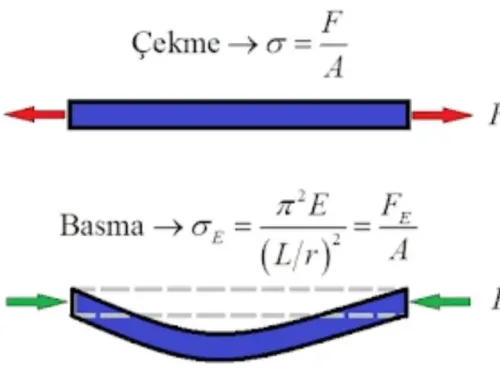

Leave A Comment